Description
Squat lobsters belong to the group of decapod crustaceans and are part of the superfamily Galatheoidea. These creatures are closely related to true lobsters, but they have distinct features that set them apart. Squat lobsters are known for their flattened bodies and specialized appendages, making them unique members of the marine world.
Squat Lobster Taxonomy and Characteristics
Squat lobsters are not true lobsters but share some common characteristics. They are part of the Anomura infraorder, which also includes hermit crabs and porcelain crabs. Squat lobsters have a flattened body structure, and their carapace is usually broader than it is long. Their claws are different from those of true lobsters and can resemble those of crabs.
Ecology and Habitat
Squat lobsters inhabit a variety of marine environments, ranging from shallow coastal waters to deep-sea habitats. They are often found in crevices, caves, and rocky substrates, where they can seek shelter and protection. Some species even exhibit a commensal relationship with other marine animals, such as sea anemones, where they find refuge among the anemone’s tentacles.
Keeping Squat Lobsters in Aquariums
Squat lobsters can be intriguing additions to marine aquariums with appropriate care. Providing hiding spots and crevices within the tank is essential, as these creatures naturally seek shelter. Creating a habitat that mimics their natural environment, complete with rocky structures and caves, contributes to their well-being.
Diet and Nutrition
These crustaceans are omnivores, consuming a variety of food sources. In the wild, their diet may include detritus, small invertebrates, and organic matter. In captivity, offering a mix of high-quality sinking pellets, frozen foods, and occasional live prey can help satisfy their nutritional needs.
Compatibility and Care
When considering squat lobsters for your aquarium, it’s important to ensure compatibility with tankmates. Avoid housing them with aggressive or predatory species that might target these smaller crustaceans. Additionally, maintain stable water parameters and appropriate substrate to facilitate their movement and burrowing behavior.
Please note that the appearance of the squat lobsters you receive may vary in coloration and size due to natural variations. If you’re interested in incorporating squat lobsters into your aquarium, seek advice from experienced aquarists or professionals to ensure their proper care and compatibility with your setup.

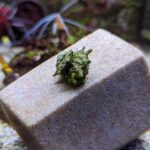




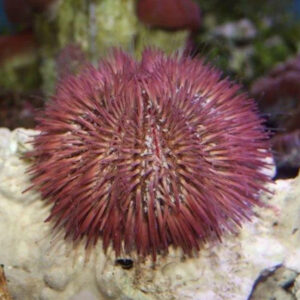
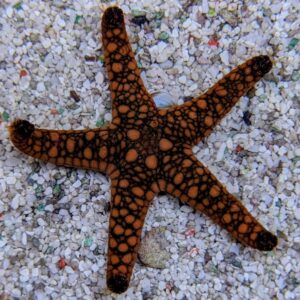

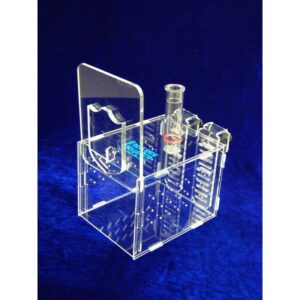 Bubble Magus Fish Trap Collapsible Medium, FTC-MD
Bubble Magus Fish Trap Collapsible Medium, FTC-MD  Green Platygyra F2
Green Platygyra F2  Bandit Cat Shark
Bandit Cat Shark  Aqua Excel DC-5000LV Variable Speed / Wave Making DC pump 1321GAL
Aqua Excel DC-5000LV Variable Speed / Wave Making DC pump 1321GAL  Baby Horn Shark
Baby Horn Shark  Pulcherrimus Anthias Male
Pulcherrimus Anthias Male 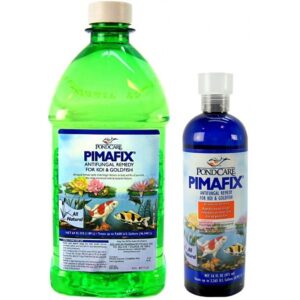 API Pondcare Pimafix 64oz
API Pondcare Pimafix 64oz  Red-bar Cooperi Anthias
Red-bar Cooperi Anthias 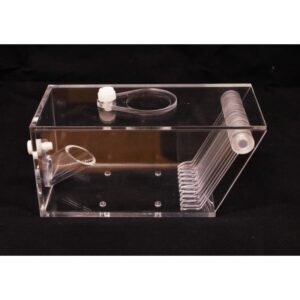 Bubble Magus Pest Trap
Bubble Magus Pest Trap  Bat Stingray
Bat Stingray 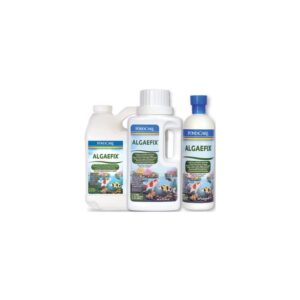 API Pond Care AlgaeFix 2.5 Gal
API Pond Care AlgaeFix 2.5 Gal  Fluval Sea CP1 Circulation Pump - 3.5 W - 1000 LPH (265 GPH)
Fluval Sea CP1 Circulation Pump - 3.5 W - 1000 LPH (265 GPH) 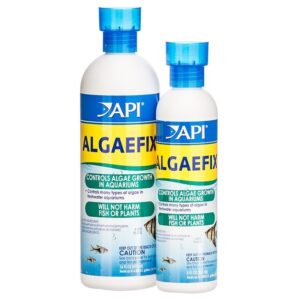 API Freshwater / Aquarium AlgaeFix 16oz
API Freshwater / Aquarium AlgaeFix 16oz  API Stress Coat + 32oz ( pond version )
API Stress Coat + 32oz ( pond version )  Clear Air Line Check Valve 4pcs
Clear Air Line Check Valve 4pcs 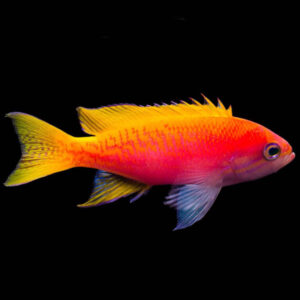 Scribbled Bimaculatus Anthias
Scribbled Bimaculatus Anthias  Sunset Parvirostris Anthias
Sunset Parvirostris Anthias
Reviews
There are no reviews yet.